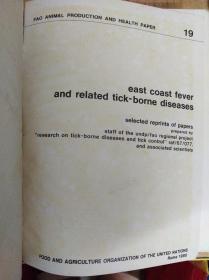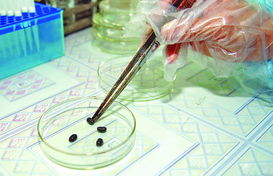
Understanding Tick Bites and Fever: A Comprehensive Guide
Tick bites can be a cause for concern, especially when they lead to fever. In this article, we delve into the details of tick bites and the associated fever, providing you with a comprehensive understanding of the subject.
What is a Tick Bite?

A tick bite occurs when a tick, a small arachnid, attaches itself to the skin of a human or animal. These parasites are commonly found in wooded and grassy areas and can transmit diseases to their hosts. The bite itself is usually painless, but the tick can remain attached for several days, increasing the risk of infection.
Common Tick Species

There are several species of ticks that can cause bites and subsequent fever. Some of the most common ones include:
| Tick Species | Common Locations | Associated Diseases |
|---|---|---|
| Black-legged Tick (Deer Tick) | Wooded and grassy areas | Lyme disease, Anaplasmosis, Babesiosis |
| Western Black-legged Tick | Western United States | Lyme disease, Anaplasmosis, Ehrlichiosis |
| American Dog Tick | Throughout the United States | Lyme disease, Rocky Mountain spotted fever, Anaplasmosis |
| Brown Dog Tick | Throughout the United States | Rocky Mountain spotted fever, Ehrlichiosis, Tick paralysis |
Signs and Symptoms of Tick Bites

Tick bites can be difficult to detect, especially in areas with dense vegetation. However, there are some common signs and symptoms to look out for:
-
Redness or swelling around the bite area
-
Itching or pain at the bite site
-
A small, red bump that may resemble a pimple or flea bite
-
Joint pain, fatigue, or fever
Diagnosis and Treatment
Diagnosing a tick-borne illness can be challenging, as symptoms can be similar to those of other conditions. If you suspect you have been bitten by a tick, it is important to seek medical attention. Here are some steps to follow:
-
Remove the tick carefully using tweezers, grasping it as close to the skin as possible
-
Disinfect the bite area with antiseptic
-
Keep an eye on the bite area for any signs of infection
-
Seek medical attention if you develop symptoms such as fever, headache, or joint pain
Preventing Tick Bites
Preventing tick bites is crucial, especially if you spend time in tick-infested areas. Here are some tips to help you stay safe:
-
Wear long sleeves and pants when hiking or working in tick-infested areas
-
Use insect repellents containing DEET or picaridin
-
Perform regular tick checks on yourself, your family, and your pets
-
Keep your yard well-maintained, removing tall grass and brush piles
Conclusion
Understanding tick bites and the associated fever is essential for preventing and treating tick-borne illnesses. By taking the necessary precautions and seeking medical attention when needed, you can reduce your risk of infection and enjoy the outdoors safely.



